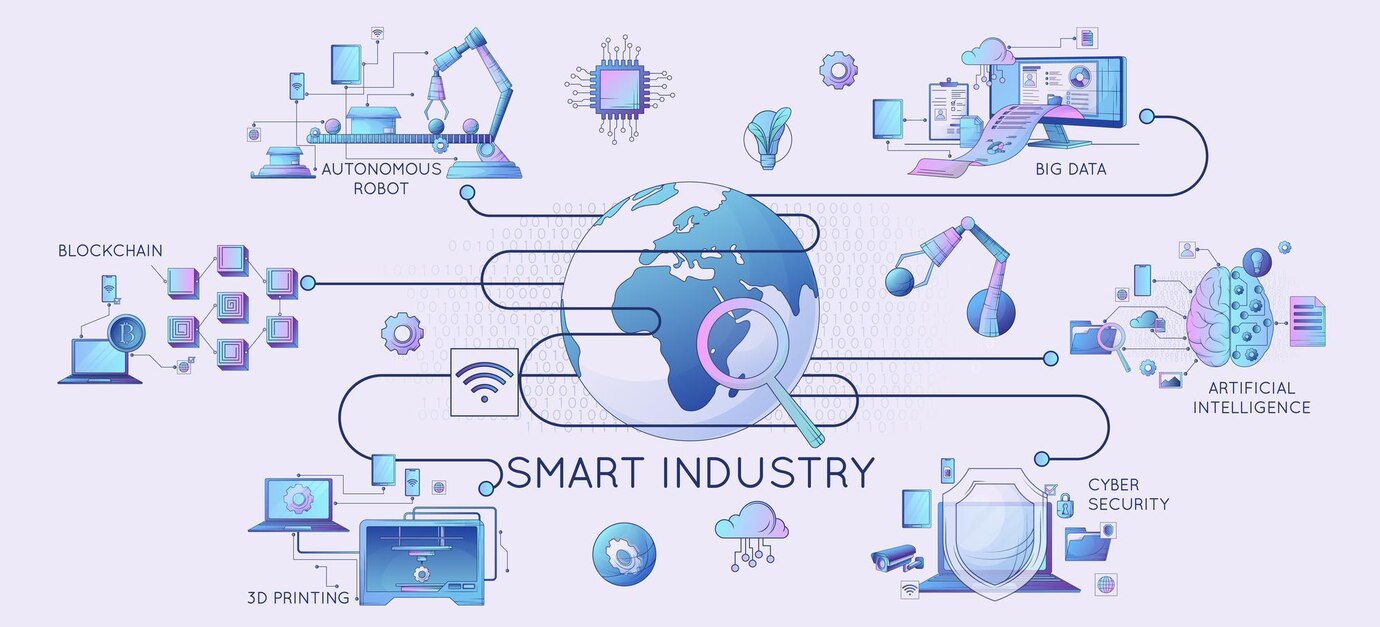The Iot in agriculture sector has always been the backbone of global economies, but modern challenges like climate change, resource scarcity, and population growth demand smarter solutions.
Enter IoT—Internet of Things—a technological breakthrough transforming traditional farming into a high-tech industry. But how exactly is custom IoT development services making a difference? Let’s dig in!
What is IoT in Agriculture?
IoT in agriculture refers to the integration of connected devices, sensors, and software that collect and analyze data to improve farming efficiency.
These systems allow real-time monitoring, automation, and decision-making.
Key components include:
- Sensors: Monitor soil, water, weather, and crop conditions.
- Connectivity: Uses wireless networks to send data.
- Data Platforms: Analyze the collected information for actionable insights.
The Role of Smart Farming in Modern Agriculture
Smart farming isn’t just a buzzword—it’s the future. By replacing guesswork with data-driven decisions, farmers can optimize every aspect of their operations.
The result? Higher yields, reduced costs, and sustainable practices.
Core IoT Technologies Revolutionizing Farming
IoT is powered by a suite of innovative tools:
- Sensors: Measure soil moisture, pH levels, and temperature.
- Drones: Survey fields, plant seeds, and spray crops.
- Automated Machinery: From tractors to harvesters, automation is speeding up processes.
Precision Farming Through IoT
Precision farming uses IoT to provide accurate insights into farm conditions. This technique helps farmers:
- Identify areas needing attention.
- Apply fertilizers and pesticides only where necessary.
- Maximize resource use for better productivity.
IoT-Based Soil and Crop Monitoring
Healthy soil is the foundation of successful farming. IoT sensors continuously measure soil moisture, nutrient levels, and weather conditions. These insights help farmers:
- Prevent overwatering or under-watering.
- Optimize nutrient application.
- Detect crop diseases early.
Irrigation Management with IoT
Traditional irrigation methods waste water—a critical resource. IoT-enabled systems solve this by:
- Using real-time data to deliver water precisely.
- Automating irrigation schedules based on soil and weather conditions.
Suggested Read: https://buddiesreach.com/augmented-reality-ar-and-vr-for-remote-education/
Livestock Monitoring and Management
IoT isn’t just for plants! In livestock farming, IoT devices:
- Track animal health and activity via sensors.
- Monitor feeding and breeding patterns.
- Reduce disease outbreaks with early detection.
Suggested Read: https://appinventiv.com/blog/iot-in-agriculture-industry/
Drones and Robotics in Smart Farming
Drones and robots are no longer sci-fi fantasies—they’re vital farm tools.
Drones perform aerial surveys, while robots handle labor-intensive tasks like weeding and harvesting.
Reducing Waste and Enhancing Productivity
IoT reduces waste by optimizing resource use and preventing crop loss. For example:
- Automated alerts signal when crops need attention.
- Smart storage systems prevent spoilage.
Challenges of IoT Adoption in Agriculture
While promising, IoT adoption faces hurdles:
- High Costs: Initial investments can be steep.
- Technical Expertise: Many farmers lack the training to use these systems effectively.
IoT in Sustainable Farming Practices
Sustainability is at the heart of smart farming. IoT supports eco-friendly practices by:
- Minimizing chemical usage.
- Reducing water wastage.
- Enhancing soil health with targeted interventions.
Case Studies of IoT in Smart Farming
Real-world examples show IoT’s potential:
- UK Farms: IoT adoption has led to a 30% increase in yields by optimizing irrigation and pest control.
- Global Success Stories: Farms in the US and Netherlands are leading the way with robotics and IoT innovations.
The Future of IoT in Agriculture
What’s next for IoT? Expect deeper integration with Artificial Intelligence (AI) and Machine Learning (ML). These technologies will enable predictive analytics and autonomous farm operations.
Conclusion
IoT is revolutionizing farming by making it smarter, more sustainable, and incredibly efficient. While challenges remain, the benefits outweigh the drawbacks, paving the way for a brighter agricultural future.
FAQs
- What is IoT in agriculture?
IoT in agriculture involves connected devices and sensors to monitor and improve farming practices. - How does IoT help in precision farming?
IoT collects real-time data, enabling precise resource allocation, reducing waste, and increasing yields. - What are the challenges of IoT in agriculture?
High costs, technical complexity, and lack of awareness among farmers are major barriers. - How does IoT contribute to sustainability?
IoT minimizes chemical usage, conserves water, and supports eco-friendly farming practices. - What is the future of IoT in farming?
The future lies in integrating IoT with AI and ML for predictive analytics and fully automated farming systems.


